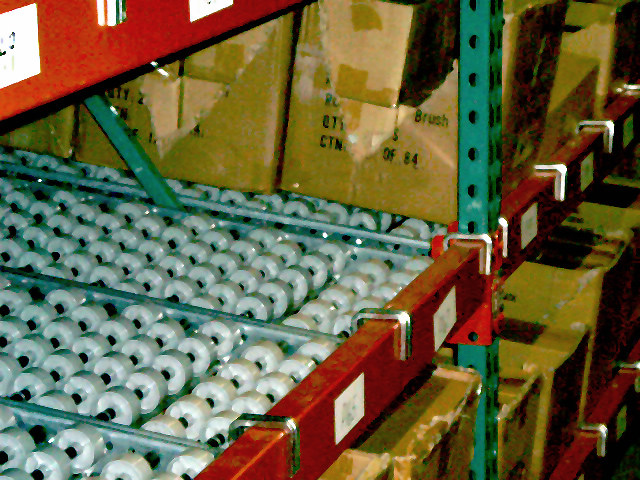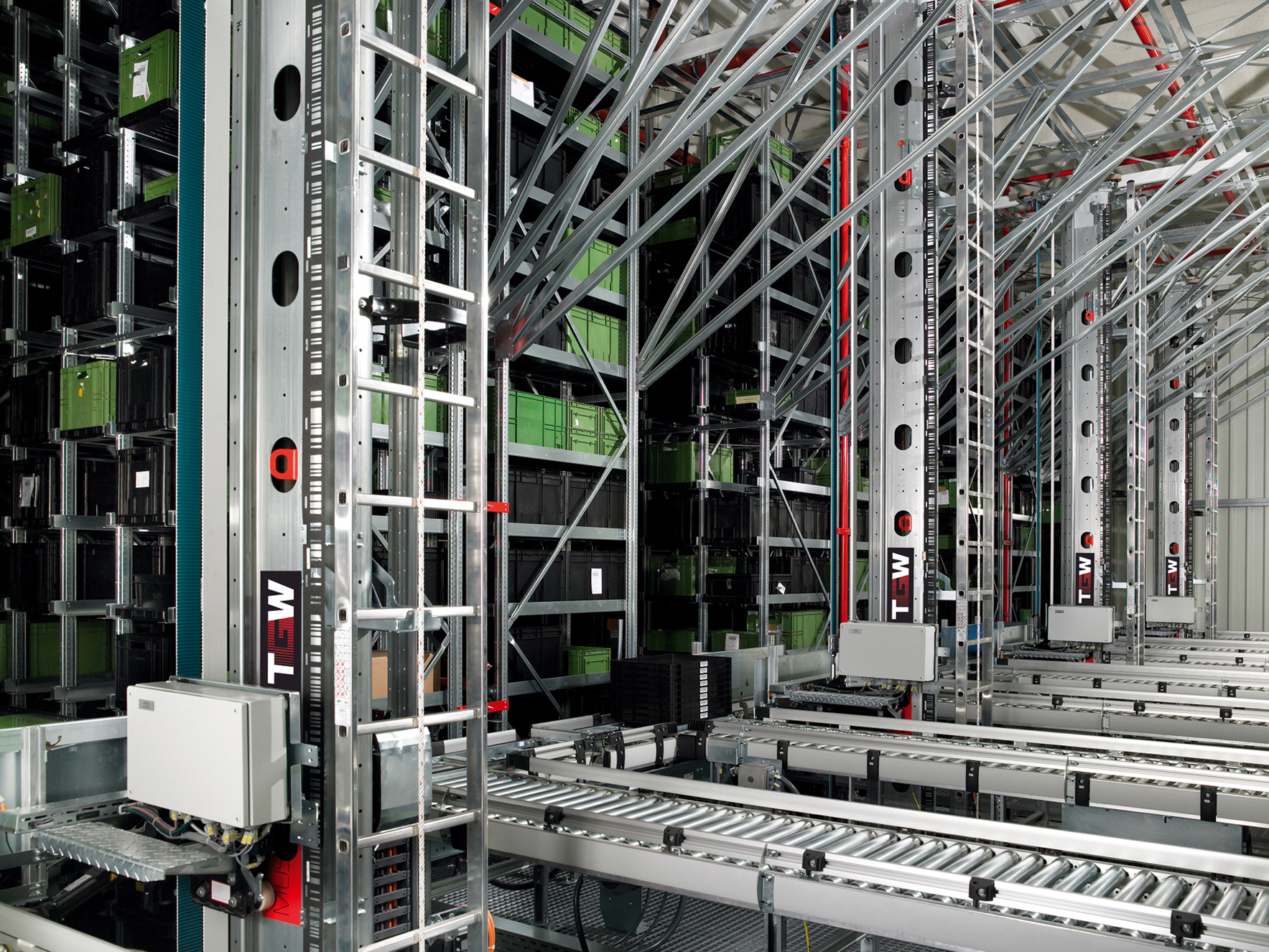3 Warehouse Systems
A warehousing system integrates hardware components, such as storage systems (e.g., racks, shelves), material handling systems (e.g., conveyors, automated guided vehicles), and picking tools (e.g., pick-by-voice solutions, mobile robots), with processes that define workflows (e.g., sequential zone picking, batch picking).
Warehouse systems are typically categorized into two primary archetypes based on who travels to close the final picking distance within the facility: Picker-to-Parts (P2P) and Parts-to-Picker (PtP), also known as Goods-to-Person (GTP). These archetypes represent distinct approaches to organizing and executing warehouse operations.
In the following sections, we will explore the characteristics and implications of these two archetypes, drawing on the framework proposed by Boysen and de Koster (2025). This framework emphasizes the evolution of these systems across three distinct technology generations.
3.1 Picker-to-Parts (P2P)
People, often with carts or trucks and sometimes with light assistance, travel to storage to retrieve SKUs. Design and control focus on reducing travel and congestion through layout, slotting, batching, routing, and simple mechanization.

3.1.1 Generational View
- Generation 1: Basic manual travel. Paper lists, manual routing such as S-shape1 or largest-gap2, limited consolidation aids. Travel time of pickers dominates performance.
- Generation 2: Extended mechanization. Conveyors for pick-to-belt or pick-to-tote, pick-to-light or voice, structured zoning and waves, carton-flow forward areas that reduce walk distance.
- Generation 3: Robot-supported P2P. Mobile aids or autonomous mobile robots (AMRs) reduce walking while people still perform the pick at the face, control policies become dynamic, with release and batching tuned to real-time congestion.
3.1.2 Examples
Figure Figure 3.2 shows a conventional parallel-aisle installation where picker travel dominates and slotting3 plus routing rules are central.

Figure Figure 3.3 illustrates carton-flow lanes used in pick-and-pass modules to shorten walking and stage orders across adjacent zones.

Figure Figure 3.4 shows a pick-to-belt line where items are deposited to a conveyor or tote stream for centralized accumulation and sortation.

Figure Figure 3.5 shows a horizontal carousel applied locally to shrink within-zone walking while pickers still relocate between nearby zones.

3.2 Parts-to-Picker (PtP) / Goods-to-Person (GTP)
Inventory is brought automatically to stationary pickers or robots at ergonomic workstations, the bottleneck shifts from human walking to the supply capacity and synchronization of storage and transport subsystems.
3.2.1 Generational View
- Generation 1. Classic GTP mechanisms. Unit-load or mini-load automated storage and retrieval systems (AS/RS) cranes and carousels feed manned stations, sequencing is limited, buffers are small, and station counts are low.
- Generation 2. Throughput-oriented extensions. Shuttle systems decouple horizontal and vertical moves, explicit sequencing buffers appear, station counts and sorter rates rise.
- Generation 3. Robotized GTP. Cube-storage robots and mobile-shelf systems deliver bins or pods, some stations feature robotic picking for suitable items, synchronization between buffers and stations becomes critical.
3.2.2 Examples
Figure Figure 3.6 shows how a mini-load AS/RS supplies goods-to-person stations in Generation 1.

Figure Figure 3.7 shows a shuttle-based system, a Generation 2 design that raises tote throughput by decoupling horizontal shuttling and vertical lifts.

Figure Figure 3.8 illustrates goods-to-person picking with a horizontal carousel, representative of Generation 1 mechanisms.

Figure Figure 3.9 illustrates deep-lane storage with shuttle assistance, another Generation 2 design.

Figure Figure 3.10 shows a cube-storage grid with robots that retrieve bins to ports, representative of Generation 3.

Figure Figure 3.11 shows mobile-shelf pods delivered by AMRs to workstations, another Generation 3 pattern.

3.3 References
S-shape routing means walking each aisle fully, turning at the end, and returning via the next aisle. It is simple to implement but can be suboptimal if pick density is low or slotting is poor.↩︎
Largest-gap routing means always walking to the next available pick location with the largest gap from the current position. It can be more efficient in certain layouts but requires more complex control.↩︎
Slotting refers to the placement of items in the warehouse to optimize picking efficiency, often based on factors like item size, weight, and picking frequency.↩︎
